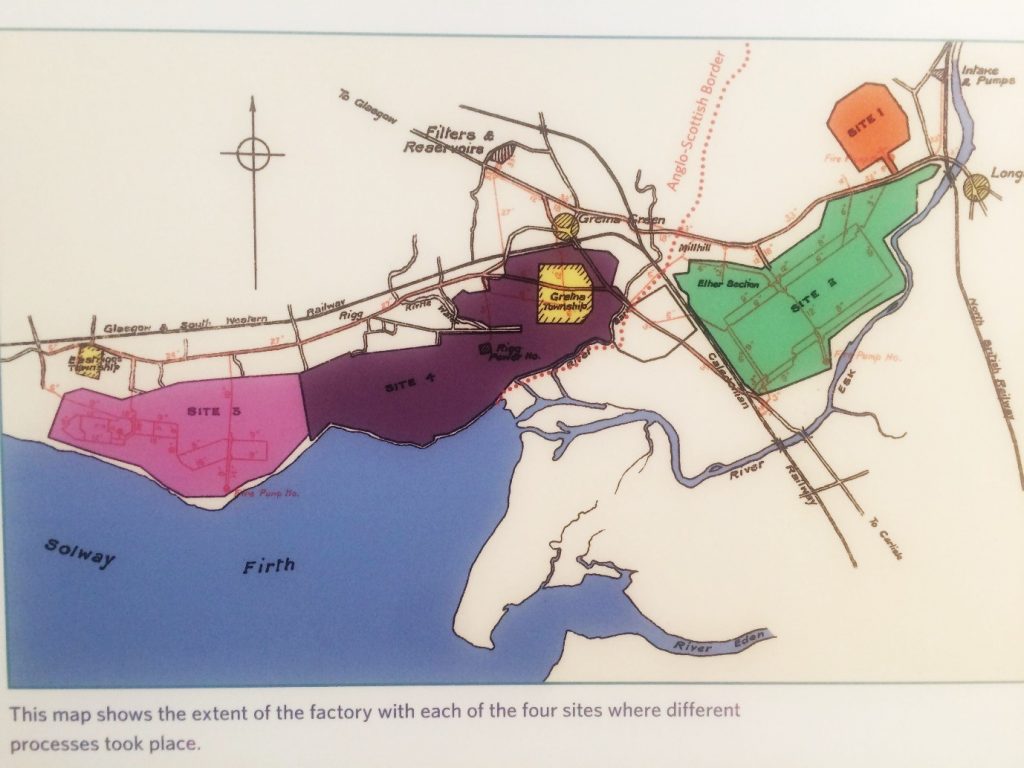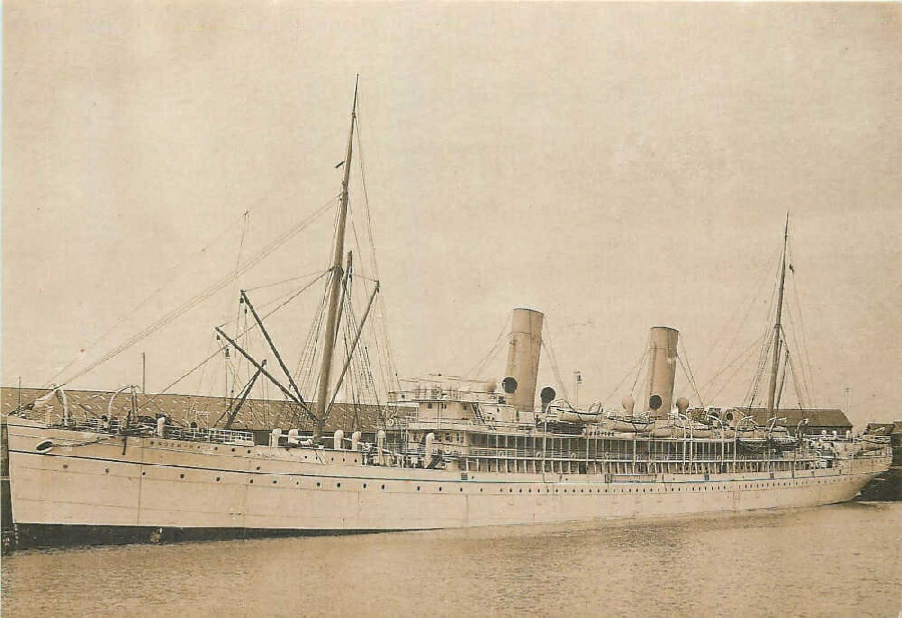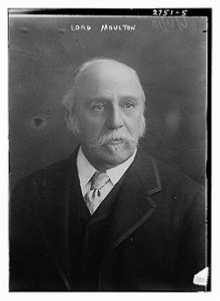
Kenneth Bingham Quinan “The great KBQ.”
1878-1948
KBQ was probably the most important person behind the construction and successful operation of HM Factory Gretna (the greatest munitions factory in World War One, The Devil’s Porridge Museum tells its story).
Part 2: KBQ goes to war
“There is Q an American by nationality, a South African in experience, a man with a drive like a steam piston.” Sir Arthur Conan Doyle wrote this after visiting HM Factory Gretna
On December 19th 1914 a cable sent from the High Commission for South Africa in London stating that K B Quinan was urgently required in Britain.
The High Commissioner immediately cabled De Beers in Kimberley.
“Quinan required urgently in London – can he catch mail steamer leaving Cape Town this afternoon?”
Quinan cabled back, “Yes.” He packed up his life, made arrangements for the management of the factory and steamed out of Cape Town at 4.30pm that same day. He was 36 years old, a bachelor and said to have ‘an arresting personality.’

It is said that the steamship, Norman (pictured left), delayed its departure for an hour to enable the man of the moment to board (this was a very unusual occurence and suggests how valuable KBQ was to the British Government).
“For the next four years Quinan’s inspiration, personality and indefatigable labour earned him a wide reputation as one of the greatest organisers and men of genius who had worked in Britain during the War.” Quote from an article in The Chemical Engineer Journal, 1966.
Quinan was put in charge of the Factories Branch of the Ministry of Munitions (about 20 factories in total).
He worked seven days a week throughout the War and was mainly based in London in his offices at Storey’s Gate.
KBQ brought several of his colleagues with him from South Africa and trained many people who went on to become key figures in the teaching of Chemistry and in Chemical Engineering.

Above: Lord Moulton was the Chairman of the Committee on High Explosives. He observed that British explosives experts were working 16 hours a day and that help was needed from the Empire. He reached out to KBQ.

